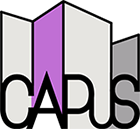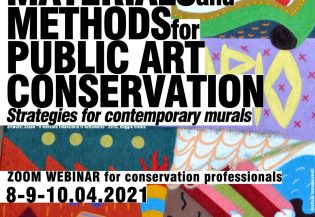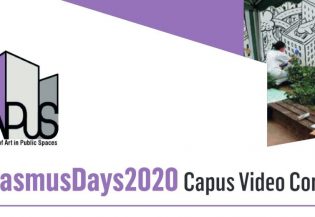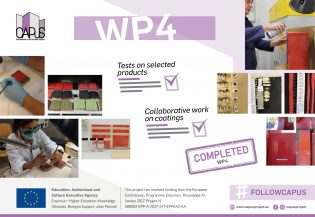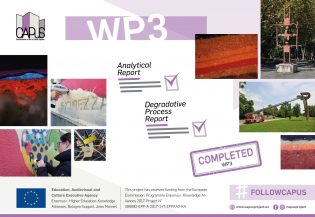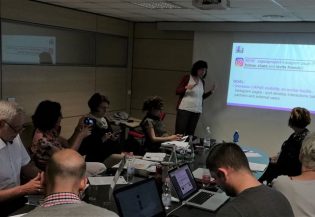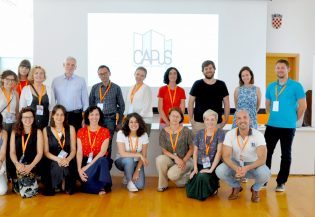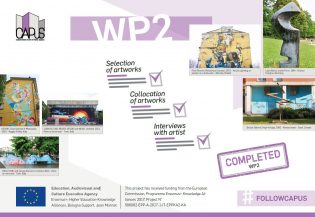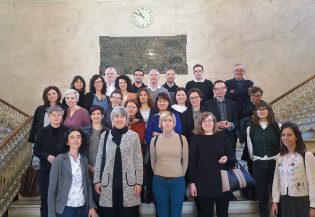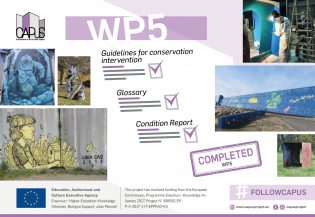
Methodology
Ten different work packages contribute to the CAPuS project. The project’s work feeds directly into the development of a conservation protocol for artworks in public spaces. The overarching objective, however, is to expand education and employment opportunities for conservation-restoration professionals and students by providing them with expertise in the field of public art, and to increase opportunities for the companies involved in the project to do business in the field in question. The aim is also to make a permanent knowledge alliance in the field of public art conservation.
Firstly, the project will feature a phase of structured dialogue with the artists and the formalization of artworks. The second phase will continue with the analysis of the artworks’ constituents and the identification of the main degradative processes affecting artworks. An initial result will be the rationalization of the types of artworks under analysis. Within the third phase, the profitable synergy with the companies will finally take place. This is when specific conservation methods and products will be developed and will be put into conservation guidelines. This phase will actively consist of exchanges between teachers, students and researchers. Internship opportunities for students at companies involved in the project will also be expected. The results of this research will be open-access and will constitute the basis for the creation of an innovative formative module to be introduced in higher education institutions. A pilot course will be taught during the project’s lifespan and an e-learning platform will be implemented.
Key work packages from the CAPuS project and key milestones are shown below.
Report on degradative processes
Analytical evaluation of protective coatings
e-learning platform
